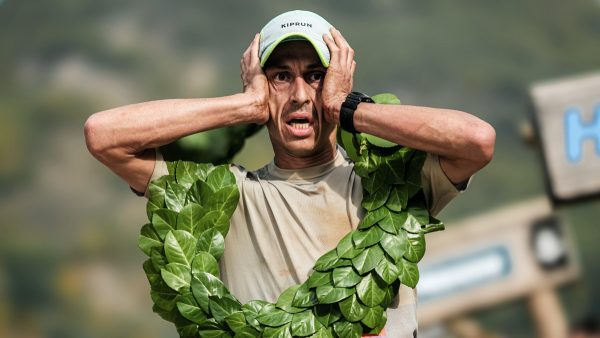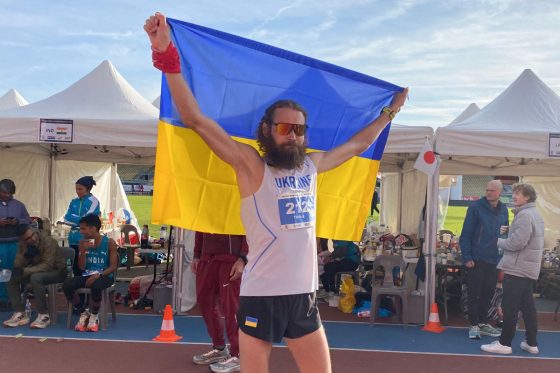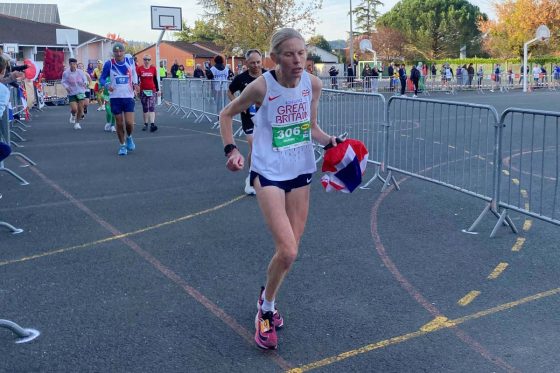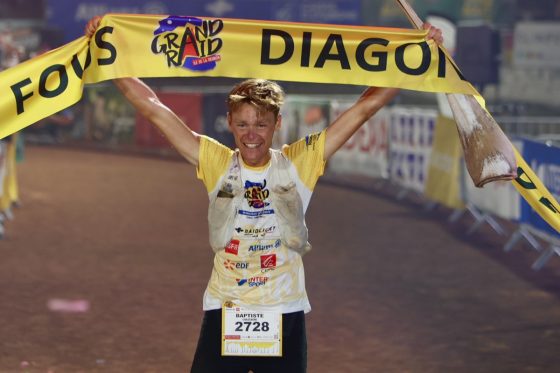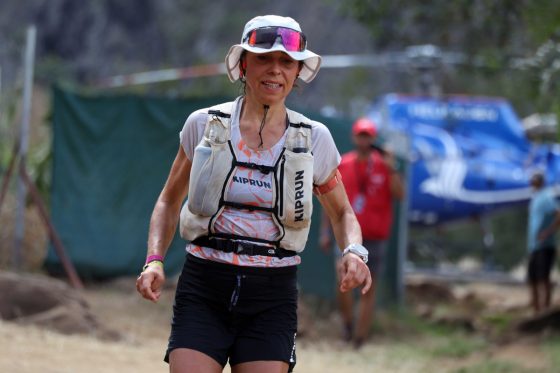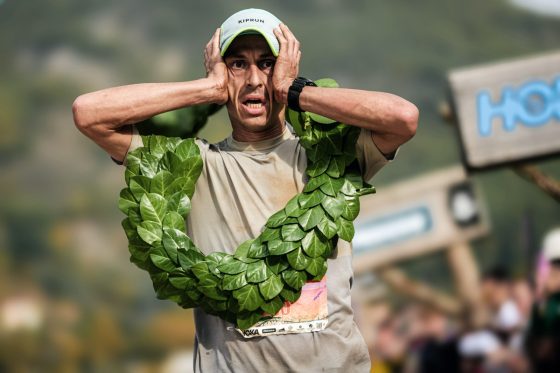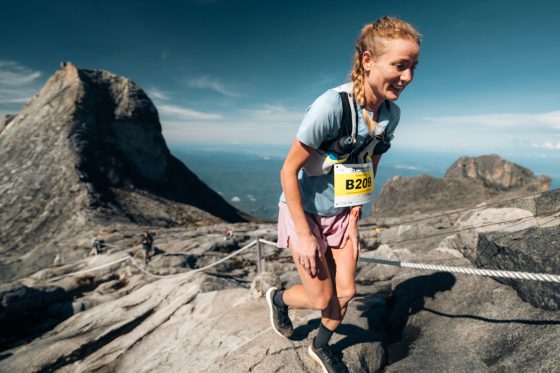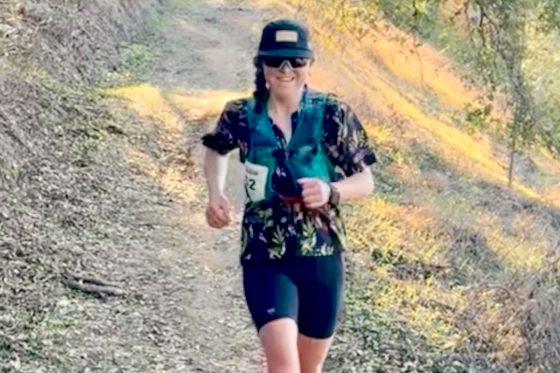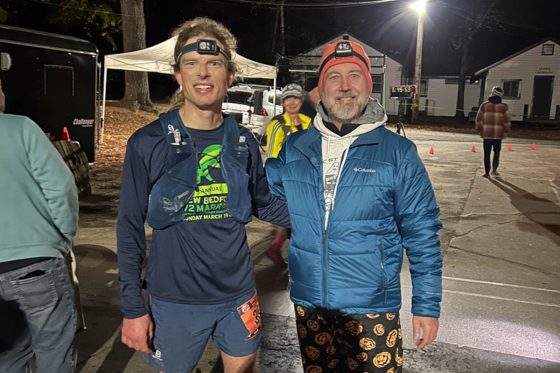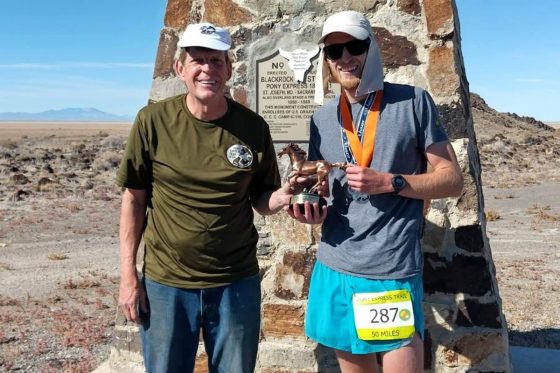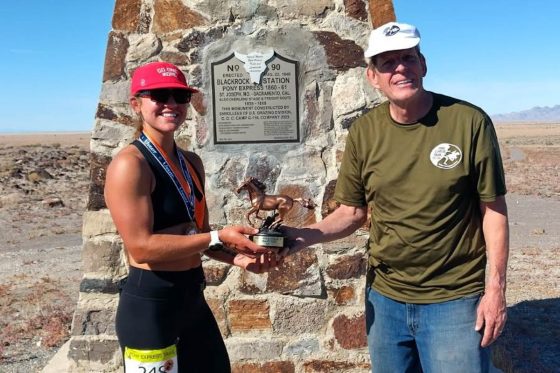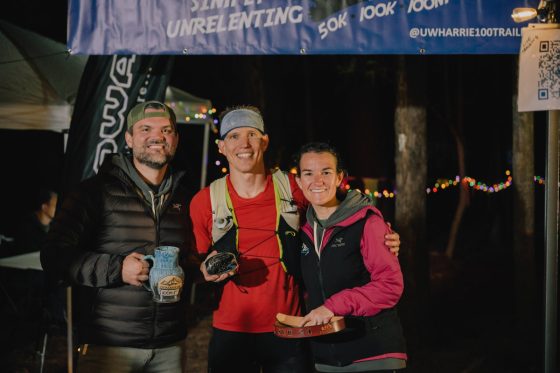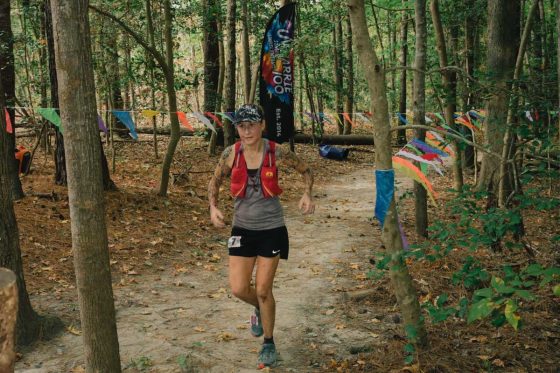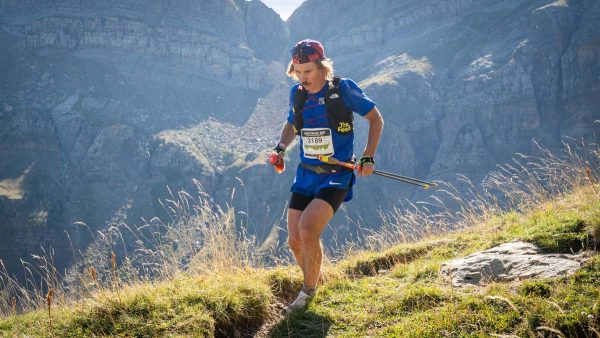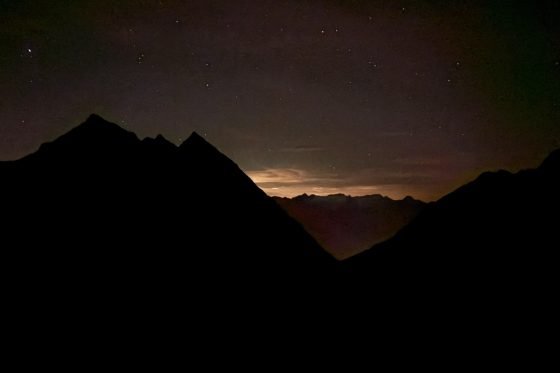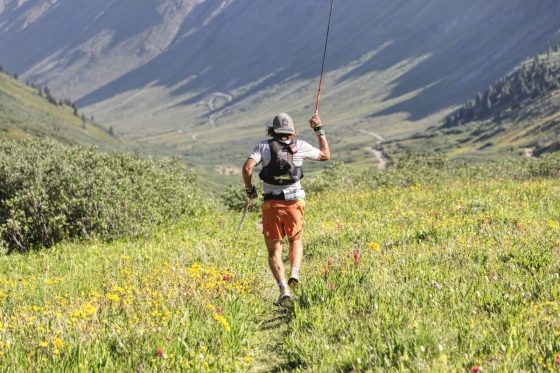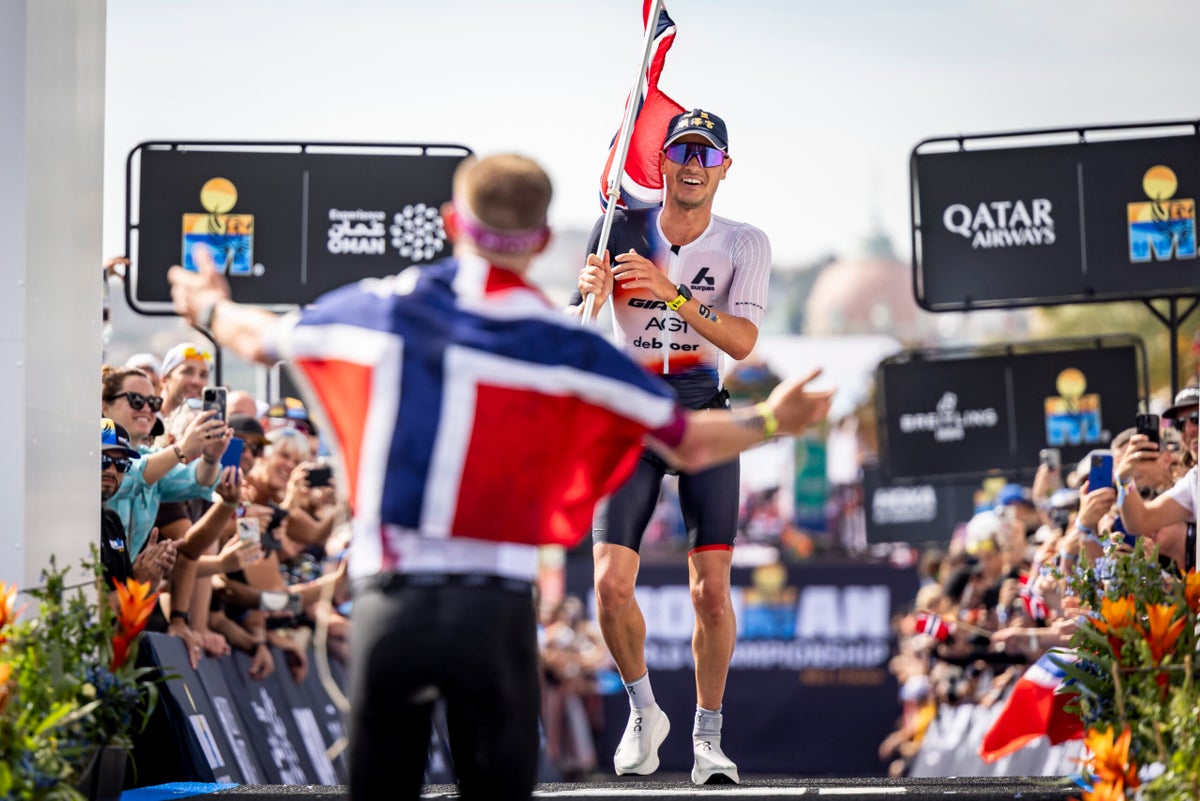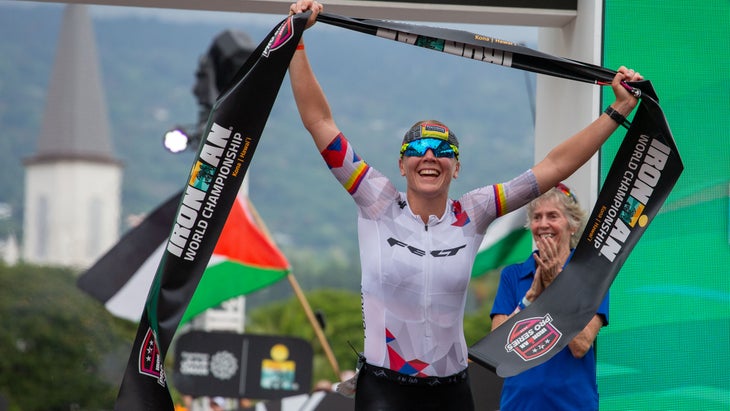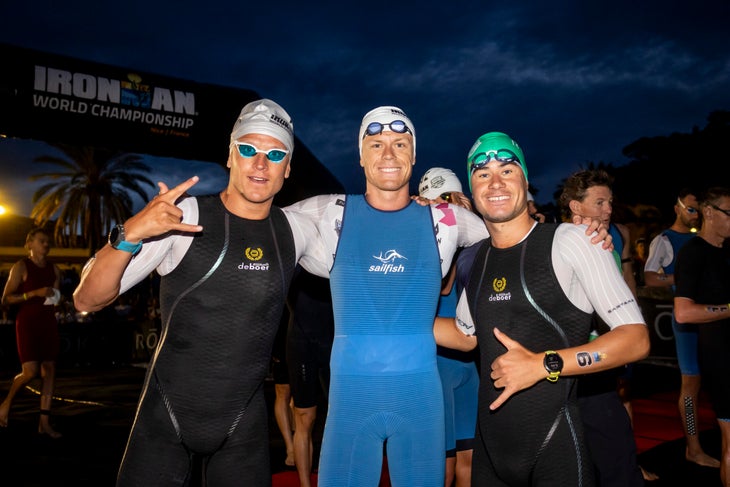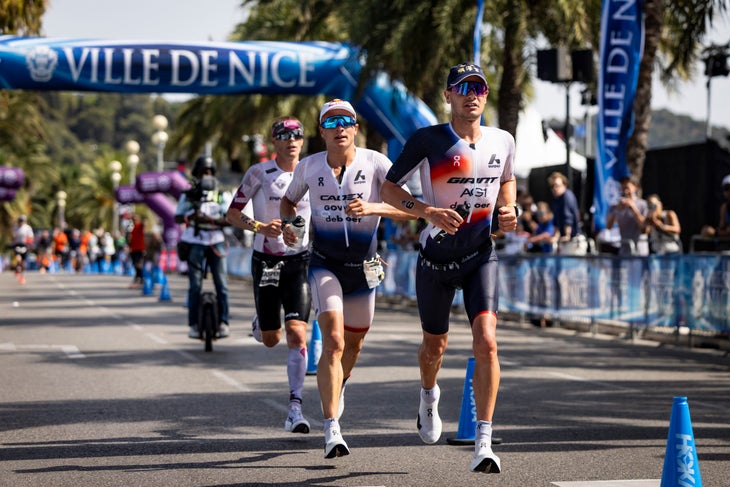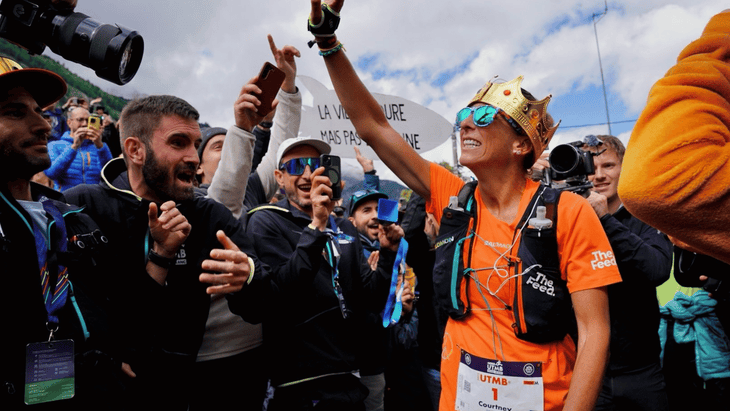📌 Affiliate Disclosure: This post contains affiliate links. We may earn a commission if you make a purchase through these links at no additional cost to you. This helps support our ultra running content. See our full Affiliate Disclosure for details.
Ultra running registration has become a high-stakes digital event. Western States fills in 48 hours. UTMB registrations crash servers under load. Hardrock lottery requires exact timing. These aren’t casual “sign up whenever” processes – they’re competitive bottlenecks where milliseconds matter and connection security determines success or failure.
After dealing with registration frustrations across multiple race seasons, I’ve found that using a VPN service like Surfshark for race registrations and account security provides advantages most runners don’t realize exist.
The Digital Infrastructure of Ultra Race Registration
Modern ultra registration happens through several platforms, each with security and access considerations:
UltraSignup and RunSignup
These platforms handle most North American ultra registrations. They store payment information, race history, emergency contacts, and medical data. Your UltraSignup account is a valuable identity profile containing years of race records and personal information.
Lottery Systems
Major races (Western States, Hardrock, Barkley) use lottery systems that require account creation, entry windows, and specific timing. These accounts store personal information and lottery entry history that determines future eligibility.
International Platforms
UTMB, European races, and international events use different registration systems (ITRA, local platforms) that may have different security standards and geographic access restrictions.
Third-Party Services
Some races use platforms like Eventbrite or custom registration sites with varying security quality. You’re trusting unknown infrastructure with payment data and personal information.
Security Risks for Ultra Runner Accounts
These platforms contain valuable data that creates specific risks:
Account Takeover Attacks
If someone gains access to your UltraSignup account, they can:
- View your race history and personal information
- Modify emergency contact information
- Access stored payment methods
- Register for races using your account (race entries have financial value)
- View medical information you’ve provided to races
I know runners who had UltraSignup accounts compromised and discovered fraudulent race registrations weeks later when checking their race calendar. The attacker registered for races using stored payment information.
Public WiFi Vulnerabilities
Runners often register for races while traveling – from coffee shops, airports, hotels. Public WiFi is notoriously insecure. Attackers on the same network can intercept login credentials and session data.
Scenario: You’re at an airport heading to a race, registration for another race opens in 2 hours, you connect to airport WiFi to register. An attacker on that network intercepts your UltraSignup login credentials. You successfully register for the race, but now the attacker has access to your account and stored payment information.
Data Interception During Registration
Even if registration platforms use HTTPS (encrypted connections), public WiFi can enable man-in-the-middle attacks where attackers position themselves between you and the registration server, potentially capturing data.
Geographic Access Restrictions
Some international race platforms restrict registration based on IP location. UTMB and certain European races prioritize or exclusively allow registration from specific regions during early windows. If you’re traveling or training abroad when registration opens, you might be blocked based on your connection location.
How VPN Protection Works for Race Registration
A VPN (Virtual Private Network) encrypts your internet connection and routes it through servers in locations you choose. This provides several security and access benefits:
Connection Encryption
All data between your device and the VPN server is encrypted. If you’re on public WiFi and someone is attempting to intercept traffic, they see encrypted data that’s useless without the decryption keys.
When I connect through a VPN for race registration, my login credentials and payment information are protected even if I’m using insecure coffee shop WiFi.
IP Address Masking
The registration platform sees the VPN server’s IP address, not your actual location. This matters for international registrations with geographic restrictions or when you’re traveling but want to appear to be connecting from your home region.
Protection from Network-Level Attacks
VPNs prevent local network attackers from seeing your DNS queries (which websites you’re accessing) or metadata about your traffic patterns. They only see encrypted data flowing to VPN servers.
Strategic VPN Use for Registration Success
Beyond security, VPNs provide tactical advantages during competitive registration windows:
Server Routing Optimization
During high-traffic registration events (UTMB opening, Western States lottery), some VPN server routes may have better performance to registration platforms than your default ISP routing. By testing different VPN servers beforehand, you can identify optimal routing.
I test VPN connections to registration platforms days before registration opens, measuring latency and throughput from different server locations. For UltraSignup registrations, I’ve found certain VPN servers in Virginia and California route more efficiently than my home ISP in some situations.
Avoiding ISP Throttling
Some ISPs throttle connections to specific services or during peak usage. A VPN prevents your ISP from seeing which sites you’re accessing, making targeted throttling impossible.
During a major registration event, if hundreds of runners in your area are hammering UltraSignup simultaneously, your ISP might throttle connections to that domain (even unintentionally through congestion). VPN encryption prevents your ISP from identifying which platform you’re accessing.
Multiple Connection Testing
Before critical registrations, I test connections through multiple VPN server locations to identify the fastest, most stable route. This redundancy means if registration opens and my primary connection is slow, I can switch VPN servers instantly.
Account Security Beyond Registration
VPN protection extends to ongoing account management:
Checking Race Results and Tracking
During races, when you’re on hotel or venue WiFi checking real-time tracking or results, VPN encryption protects your login session. This matters because race tracking platforms often use the same credentials as registration platforms.
Managing Payment Methods
When updating payment information or viewing past race charges, VPN protection ensures this financial data isn’t exposed to local network attacks.
Accessing Accounts While Traveling
If you’re training or racing internationally and need to access UltraSignup or lottery accounts from foreign networks, VPN protection provides consistent security regardless of local infrastructure quality.
Selecting a VPN for Ultra Running Needs
Not all VPNs are equal. Key factors for runners:
Connection Speed
During time-sensitive registrations, VPN speed matters. Slow VPNs add latency that could mean missing registration windows. Look for services with minimal speed overhead (10-15% reduction or less).
Surfshark and other quality VPNs maintain 80-90% of my base connection speed, which is acceptable. Lower-quality VPNs can reduce speed by 40-50%, creating lag during critical registration moments.
Server Location Variety
For international race registrations, you want VPN servers in multiple countries. If a European race restricts early registration to EU IPs, having VPN servers in France, Germany, or Italy lets you appear to be connecting from those regions.
Multi-Device Support
You might register for races from laptop, tablet, or phone depending on where you are when registration opens. VPNs that support simultaneous connections across devices provide flexibility.
Ease of Use
When registration opens in 30 seconds and you need VPN protection immediately, you don’t want complex configuration. Services with one-click connection and automatic server selection remove friction.
Reliability During Peak Load
Some VPNs become congested during peak usage. For race registration, you need a service that maintains performance even when many users are connected simultaneously.
Real-World Registration Scenarios
Scenario 1: UTMB Registration from the US
UTMB registration is fiercely competitive. Early registration windows sometimes prioritize European IPs. By connecting through a VPN server in France, I’ve successfully registered during EU-priority windows that might have blocked or deprioritized my actual US connection.
Scenario 2: Airport WiFi Registration
Flying to a race, registration for another race opens in 3 hours, only internet access is airport WiFi (notoriously insecure). VPN encryption means I can safely register without worrying about credentials being intercepted on the public network.
Scenario 3: Hotel Room During Race Weekend
At a race hotel with marginal WiFi security (no password required for network access). Checking my UltraSignup account to verify drop bag details, VPN ensures this session isn’t exposed to other hotel guests on the network.
Scenario 4: Coffee Shop Lottery Entry
Hardrock lottery entry deadline is today, I’m traveling and only have coffee shop WiFi access. VPN protection means entering the lottery doesn’t expose my account credentials to network vulnerabilities.
Additional Security Practices
VPN protection should be part of a broader security approach:
Unique, Strong Passwords
Use unique passwords for each race platform. A password manager generates and stores complex passwords so you’re not reusing the same password across UltraSignup, UTMB, local race platforms.
Two-Factor Authentication
Enable 2FA wherever platforms offer it. Even if credentials are compromised, attackers can’t access your account without the second factor (authentication app code or SMS code).
Regular Account Audits
Periodically check race accounts for unauthorized activity: unknown race registrations, payment method changes, contact information modifications.
Dedicated Payment Method
Consider using a dedicated credit card for race registrations rather than your primary card. This limits exposure if payment information is compromised through a race platform breach.
Cost-Benefit Analysis
VPN costs: $3-10/month ($36-120/year) for quality services
Value protected:
- Race entries: $300-2,000 in annual registrations
- Personal data: Years of race history, medical information, emergency contacts
- Payment information: Protection from fraud that could compromise thousands in charges
- Lottery positioning: Some lottery systems track entry history (Western States) – account compromise could affect future eligibility
The cost of VPN protection is a fraction of a single race entry, yet it protects access to registrations collectively worth thousands and personal data that has no price.
Common Misconceptions
“I Don’t Access Anything Sensitive Enough to Need a VPN”
Your race accounts contain payment methods, medical history, emergency contacts, and personal information. That’s sensitive data worth protecting.
“HTTPS Encryption Is Enough”
HTTPS encrypts data between you and the website but doesn’t protect against local network attacks that intercept credentials before encryption or after decryption. VPNs add a layer that protects the entire connection.
“VPNs Are Too Complicated”
Modern VPNs have become remarkably simple: install app, click connect, choose server location. The configuration complexity of earlier VPN implementations is gone.
Final Thoughts on VPN Protection for Ultra Runners
As race registration becomes more digital, competitive, and valuable, the security of our accounts and registration processes matters more than most runners realize. A compromised account doesn’t just mean inconvenience – it can mean lost race entries, fraudulent charges, and exposed personal data.
VPN services like Surfshark provide insurance against these risks at minimal cost. The investment is tiny compared to what you’re protecting: thousands in race entries, years of personal data, and the competitive advantage of secure, optimized registration connections.
Your training deserves protection. Your race entries are valuable. Your personal information matters. In an environment where registration windows fill in hours and account security determines access to the races you’ve trained months to run, VPN protection isn’t paranoia – it’s practical infrastructure that ensures your digital access matches the physical preparation you’ve invested.

